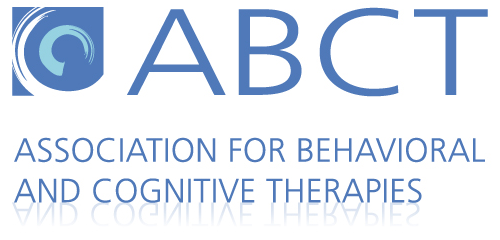Autism Spectrum Disorder
Created on August 5, 2017. Last updated on March 6th, 2024 at 04:53 pm
Take me to the effective therapies for autism spectrum disorder
Children with autism spectrum disorder (ASD), or autism as it is usually called, have a hard time communicating with other people, and have limited or repetitive behavior and interests. These behaviors can make it hard to develop and understand relationships with others.
 What is Autism Spectrum Disorder?
What is Autism Spectrum Disorder?
A child typically shows signs of this disorder by the time they turn two. Symptoms could be very mild, severe, or somewhere in the middle and can be different depending on the child. Most children show problems in three ways:
- Challenges with social interaction. These may include problems in using nonverbal communication (e.g., making eye contact, facial expressions), problems making friends with other children their own age, and difficulties understanding social or emotional signs. For example, a child with autism might have trouble taking turns during conversation or play.
- Problems with social communication. Maybe the child is old enough to speak but doesn’t. Or has problems with having conversations, repeating words or phrases, and no free or make-believe play. In children with autism who do speak, the pitch, tone, speed, or rhythm can seem unbalanced.
- Narrow, limited behaviors. A child may be fixated with “limited patterns” (e.g., machines with motors). A child may do the same thing over and over, like saying the same word, routines (e.g., counting steps, separating food by colors), movements (e.g., hand-flapping), or overly focused on parts of an object.
Effective Therapies for Autism Spectrum Disorder
The earlier a child starts getting help, the better. The current research supports Individual applied behavior analysis (ABA) for the treatment of autism. This can be conducted with or without parent training or by a teacher in classroom settings. It often helps to have a direct support professional and provide specialized interventions on communication. ABA has consistently been shown to help, but there is varying degrees of support for different types of youth outcomes. The table below is divided into the different levels of support we have for which outcomes ABA will help.
These therapies have been tested by researchers and clinical child and adolescent psychologists, and they are ranked by the evidence of their effectiveness in treating autism.
|
Tested Therapies for Children and Adolescents |
||
| Levels | Treatment | Outcomes Measured |
| Level One: Works Well | Individual, Comprehensive ABA
Teacher-Implemented, Focused ABA + DSP |
|
| Level Two: Works | Individual, Focused ABA for augmentative & alternative communication
Individual, Focused ABA + DSP |
|
| Level Three: Might Work | Individual, Comprehensive ABA + DSP
Comprehensive ABA Classrooms |
|
| Level Four: Experimental | Comprehensive ABA + DSP Classrooms
Focused ABA + DSP Parent Training |
N/A |
To find out more about how these treatment levels are defined, click here.
Therapies and Terms Defined:
- ABA: applied behavior analysis
- DSP: developmental social-pragmatic
- Comprehensive: intended to address all areas of need
- Focused: intended to target a specific outcome (e.g., an ASD symptom)
Source(s): Smith T. & Iadarola, S. (2015). Evidence base update for autism spectrum disorder. Journal of Clinical Child and Adolescent Psychology, 44(6), 897-922. http://doi.org/10.1080/15374416.2015.1077448







